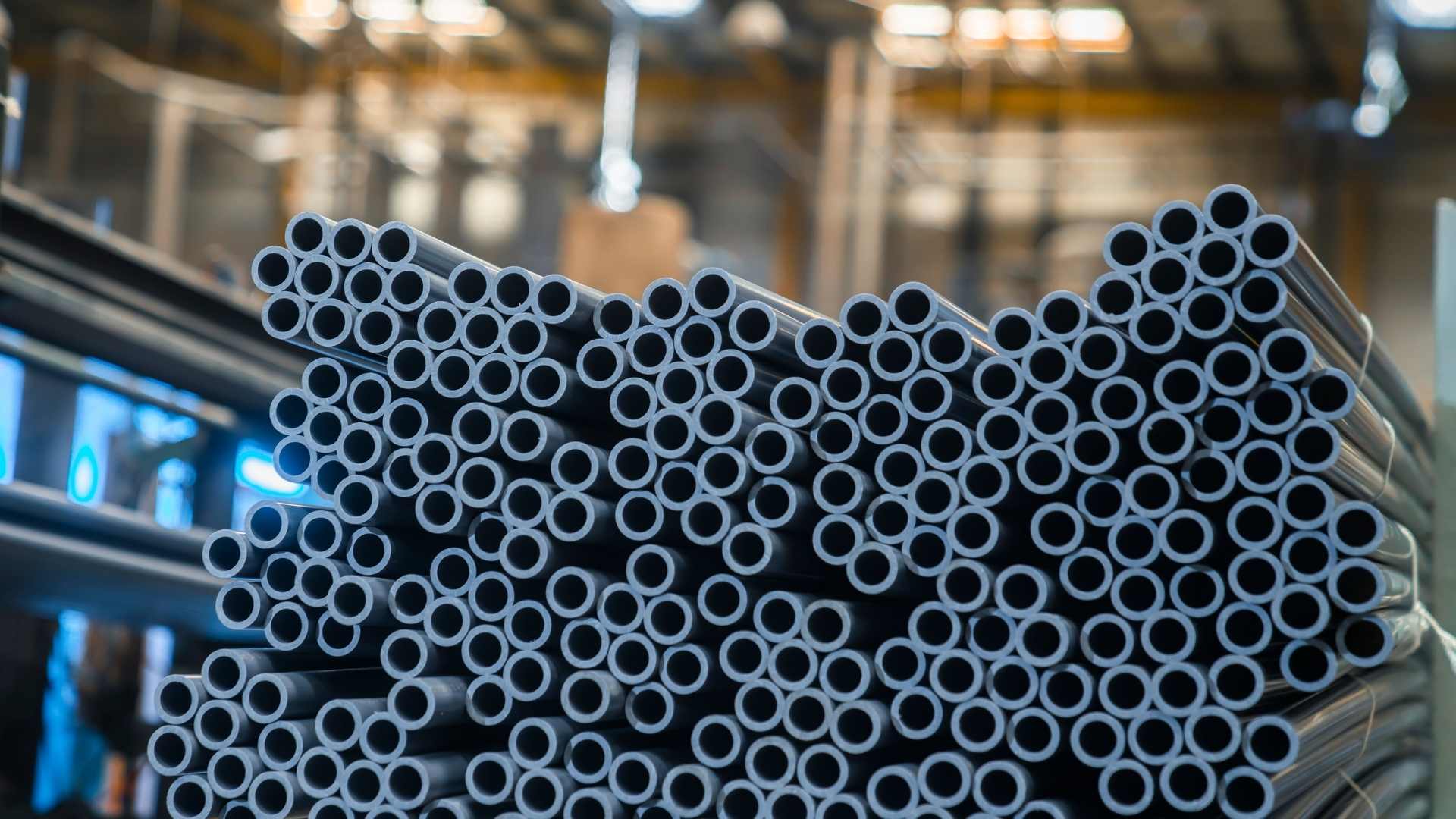Women in Construction: Building the Industry's Future
We are celebrating Women’s Month this March. However, it will take far more than a day, week, or month for the industry to properly embrace and advance women in the sector.
This business is evolving.
Tomorrow's construction leaders are eager to embrace technological advancements, new project delivery approaches, and other improvements. They're also looking at a traditionally underrepresented labor force to help ease the current skills shortage.
Construction industry is embracing diverse changes when it comes to technology. This industry is dominated mostly by men. Women make up just 9% of the construction workforce at the moment. Women mostly deal with administrative and office roles in construction account for the majority of this figure. The number of women directly employed on construction sites is much lower.
In the workplace, the figure is even more stark: there is only one woman for every 100 men on the jobsite. Many of the women who work in construction every day, on the other hand, have a strong desire and vision for a more diverse and inclusive workforce. Employers in the construction industry are under pressure to hire more workers with the necessary skill sets in today's fast-paced economy. The already severe labor shortage worsens each year as the current skilled workforce retires and the demand for construction grows. That is why employers are doing everything possible to get workers into training and on the job.
There are a number of factors that contribute to this massive gender gap, ranging from implicit gender inequality to a lack of proper training and general stereotypes to women in the construction industry. Despite these obstacles, women are forging ahead in the industry. Although many women are interested in working in the construction industry, there is no doubt that it is a difficult industry to work in. Women working in construction face an environment that has long been geared to men's needs, in addition to being outnumbered 9 to 1. Though progress is being made, some aspects of the construction industry can surprise women.
Challenges
High Risk Injury
The majority of construction safety gear is still built with men in mind. Women are more likely to be injured on the field because of the bad fit.
Mentorship
Since there aren't enough women in construction, there aren't enough powerful female role models, which discourages women from advancing in the profession or even choosing it as a career.
Why should WOMEN join construction?
Leadership
When it comes to promoting women in leadership roles, the construction industry has made significant progress. Despite the fact that more women are required at all levels of the construction industry, meaningful change is most likely to come from the top. More women in the workforce, especially in leadership and management roles, is beneficial to a company's earnings.
Potential High Income
Women in construction and trade jobs earn up to 30% more than women in traditionally female-dominated jobs like administrative assistants and child caregivers.
Shortage in Labor
Women are now regularly hired to work as building inspectors, project managers, and construction site managers, as well as estimators, laborers, heavy equipment operators, and professional contractors, due to a labor shortage. The construction industry has made a long-term commitment to diversifying its workforce in order to increase the size of its workforce. Although some construction firms pursue diversity as a result of shifting cultural norms, others do so in order to gain a competitive advantage in government contracts that reward diversity.
Achievement
Being able to build something from the ground up is one of the most satisfying feelings. Working in construction helps women to experience this sense of accomplishment and grow a love for construction, which should not be limited to men.
Practical Skills
Teamwork, project management, and collaborating with technologies and software are also skills that can be extended to other industries and professions.
How Female Leaders are making an Impact
Having women in construction sites can change company standards. Female leaders play a critical role in removing the barriers that other women face in the construction industry. They take part in female recruitment campaigns, advocate for women's retention and growth, and lobby for better benefits. This can also help mentorship in a construction site. Female leaders can be a valuable resource for their peers, empowering them to pursue their goals and motivating them to advance. Peer mentorship groups have been established by women like Anna Jacobson of Morley Builders to provide support to their communities.
As the construction industry grapples with issues such as productivity and labor, more opportunities for women to enter the sector are opening up. It's not all about equal representation; female executives are having a significant effect on the market, and businesses are taking note.
How can construction sites recruit more women?
There is still a lot of work to be done to completely integrate women into the construction industry. Companies must recognize and eliminate gender disparity from their work culture, establish training programs and local mentorship groups tailored to the needs of women, engage more women in the recruiting process, and enable women to become role models for other women to increase recruitment and retention.
Despite the barriers that women face in the construction industry, diversity has been shown to be a profitable advantage and a key factor in addressing the industry's labor shortage. The industry is taking bigger strides toward becoming a more diverse and welcoming place for future generations, with more and more trailblazing women chipping away at gendered expectations and leveling the playing field.
Visit Buildeee for more updates.
- #empowered women
- #women in construction industry
- #women as leaders in construction industry
- #Women in Construction
- #women's international month
- #national women's month
- #march is women's month
- #Building the Industry's Future





